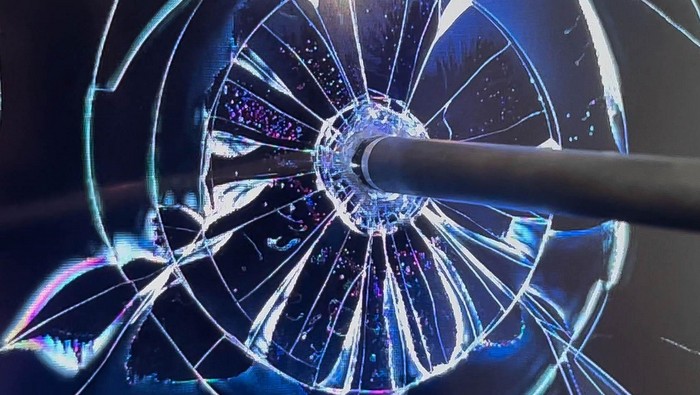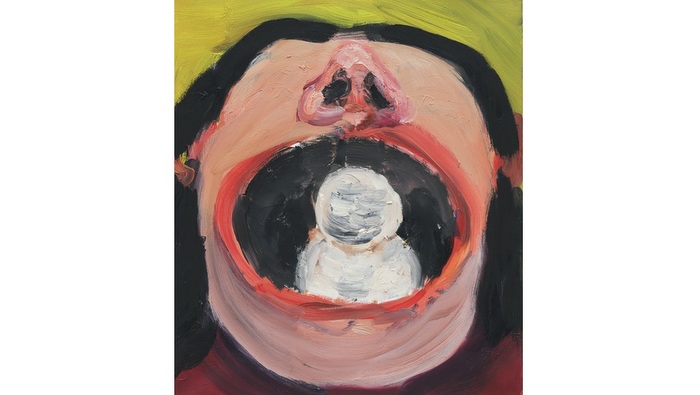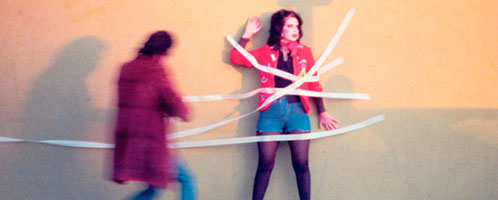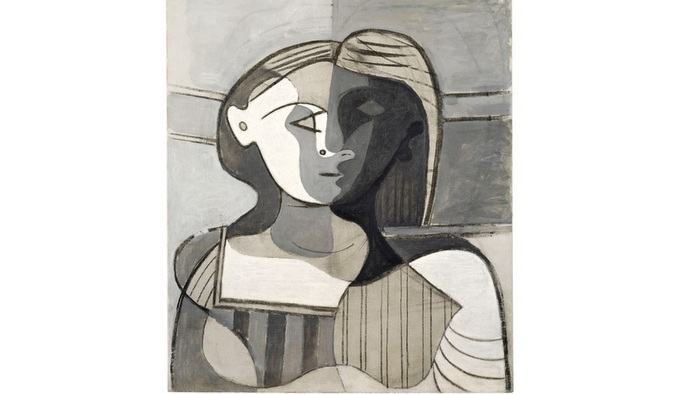Asco (Disgust). Synonym of repugnance, nausea, disgust. It was the first name taken by the four founders of a Mexican-American group of artists, who are the target of the exhibition organized by the Mexico DF’s University Museum of Contemporary Art, Asco: Elite de lo oscuro. Una retrospectiva, 1972-1987. They were Harry Gamboa Jr., Gronk, Willie F. Herron III and the beautiful Pattsi Valdez. Why Asco?, Gronk was asked once. “It was the usual reaction of people when they saw our work at the beginning. The people used to say ‘Ahhh!’, disgust. And we thought it was a great name.”
In the retrospective showcased at the UMCA, to be open through July 28 and conceived in Los Angeles –where it has been already exhibited as part of an important series on art from the west coast of the US, titled Pacific Standard Time –, viewers can observe those works that made neighbors sick in East Los Angeles, an area where Mexican migrants lived and worked.
This group of artists and their satellite collaborators dealt with matters of their time (sex, cultural identity, violence, urbanism and marginality, show society) and used artistic layouts that ranged from pop to conceptual art, from photography to the pure performance.
The curators of the exhibition, C. Ondine Chavoya and Rita Gonzalez, reflect on the prologue of the exhibition’s catalogue heterodox lists of their own influences. From Antonin Artaud, the creator of Teatro de la crueldad, to Superman. From communist muralist artist David Alfaro Siqueiros to lysergic acid. From sweet bread to Che Guevara. From giant gorilla King Kong to the lavish Mexican artist Dolores del Rio.
Asco was comedy and multimedia artistic experimentation, but also politics. The group was born in the most socially hectic age of the United States in the 20th century, in the midst of such movements as the feminist, Negro, gay, antiwar, hippie and Chicano. Asco artists got involved, but through a non-militant commitment, limited to the relative influence power of such ephemeral conceptual practices as the performance or works in which the social critic wasn’t obvious: that’s the case of the No movies, steady images, pictures, spread by these artists on the mass media just as if they were photograms of authentic Chicano movies, a comedy move that entailed an accusation, or a demand: Chicanos could appear on the media too, Chicanos could also be Hollywood.
Asco was a parody of the Chicano and a spit on the discrimination wall that separated Anglo-Saxons from migrants in the United States. It was socio-politics, but also an experiment on conceptual art than went beyond the layout of cultural critic and the restriction of the Chicano. Asco was, just like they said, La elite de lo oscuro (The elite of the dark), “a collection of selected barrio stars, anonymous and undocumented.”
Previous publication "Region Interior: la Otra America de Glissant, Matta, Lam y Cardenas", a Necessary Cuban Tribute to the Martinican Poet
Next publication Helga de Alvear’s Essential Role
Related Publications

Leo Pum presents HYPER LIKE at HYPER HOUSE
December 18, 2025
Aargauer Kunsthaus. Klodin Erb. Curtain falls dog calls
December 17, 2025












